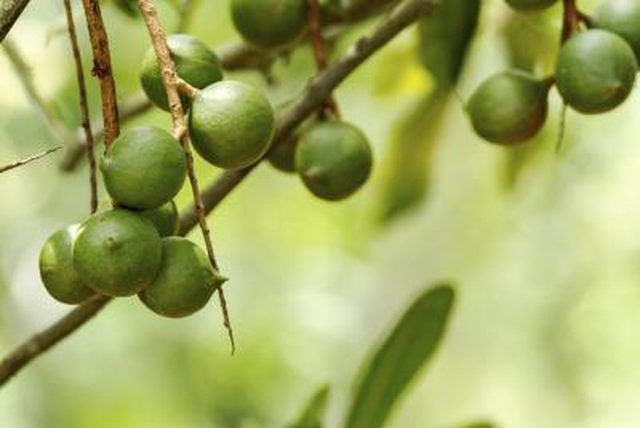Bulbs
Flower Basics
Flower Beds & Specialty Gardens
Flower Garden
Garden Furniture
Garden Gnomes
Garden Seeds
Garden Sheds
Garden Statues
Garden Tools & Supplies
Gardening Basics
Green & Organic
Groundcovers & Vines
Growing Annuals
Growing Basil
Growing Beans
Growing Berries
Growing Blueberries
Growing Cactus
Growing Corn
Growing Cotton
Growing Edibles
Growing Flowers
Growing Garlic
Growing Grapes
Growing Grass
Growing Herbs
Growing Jasmine
Growing Mint
Growing Mushrooms
Orchids
Growing Peanuts
Growing Perennials
Growing Plants
Growing Rosemary
Growing Roses
Growing Strawberries
Growing Sunflowers
Growing Thyme
Growing Tomatoes
Growing Tulips
Growing Vegetables
Herb Basics
Herb Garden
Indoor Growing
Landscaping Basics
Landscaping Patios
Landscaping Plants
Landscaping Shrubs
Landscaping Trees
Landscaping Walks & Pathways
Lawn Basics
Lawn Maintenance
Lawn Mowers
Lawn Ornaments
Lawn Planting
Lawn Tools
Outdoor Growing
Overall Landscape Planning
Pests, Weeds & Problems
Plant Basics
Rock Garden
Rose Garden
Shrubs
Soil
Specialty Gardens
Trees
Vegetable Garden
Yard Maintenance
Growing Macadamia Nuts
Growing Macadamia Nuts. Macadamia trees (Macadamia integrifolia) grow in warm, tropical and subtropical climates in U.S. Department of Agriculture plant hardiness zones 9 through 11, with proper care. The trees produce fragrant light pink flowers in spring and early summer, and the glossy green leaves provide year-round interest. Mature macadamia...
Macadamia trees (Macadamia integrifolia) grow in warm, tropical and subtropical climates in U.S. Department of Agriculture plant hardiness zones 9 through 11, with proper care. The trees produce fragrant light pink flowers in spring and early summer, and the glossy green leaves provide year-round interest. Mature macadamia trees can produce 30 to 50 pounds of nuts each year when grown properly.
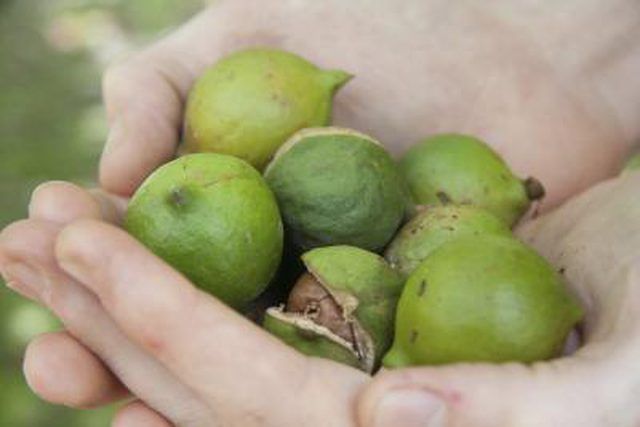
Full sun and a frost-free climate result in the best and healthiest growth. Macadamias, especially young trees, can't tolerate frost. Macadamias also have brittle branches that snap easily, so choose a spot protected from cold and the prevailing winds. Although macadamia trees tolerate every soil type, including both sand and heavy clay, they grow best in rich, loamy soil with a pH between 5.5 and 6.5. Avoid areas with heavy salt concentrations. A soil test can give you an accurate assessment of your soil quality, pH and mineral content, which helps you find the best spot for the macadamia tree.
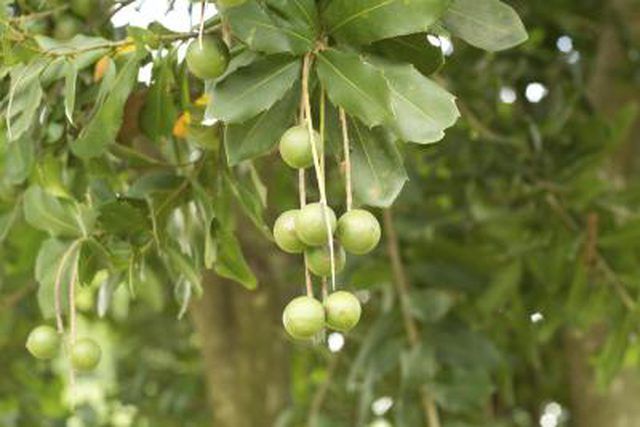
Macadamia trees require 50 inches of water a year to grow well and to produce a large crop of nuts. They will survive a drought, but dry weather limits nut production. Water the trees deeply once a week from the time they begin to set nuts after flowering through the major flush of growth in midsummer. Water amounts depend on your soil, but generally three weekly waterings that thoroughly moisten the soil are enough. Macadamias require only minimal fertilizer. Apply a citrus fertilizer blend mix that contains no more than 1 percent nitrogen twice yearly, in the spring and at midsummer. Sprinkle 5 pounds of fertilizer over the root zone out to the tree's drip line, and water it in afterward.
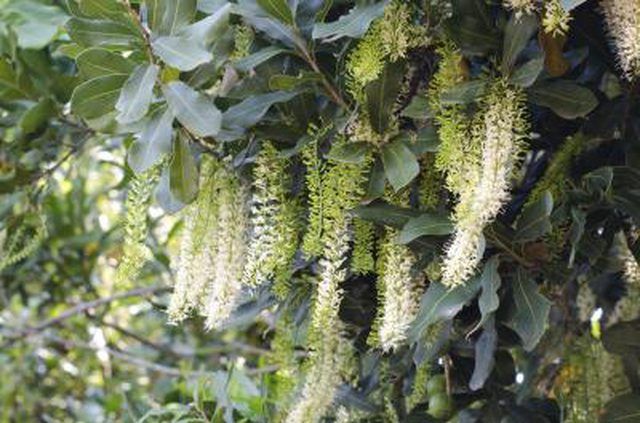
A properly pruned macadamia tree is less prone to breakage and should produce more. Most pruning should be done in the three years after planting. Topping the trunk so only one bud remains encourages single-trunk growth. Remove the extra lateral branches so the remaining branches start 3 feet from the ground and are spaced about 18 inches apart. Disinfect pruning saws and shears by wiping them with rubbing alcohol before cutting, and prune in late winter when the tree is semi-dormant. A healthy tree with a good framework rarely suffers pest or disease problems. Thrips, mites and scales will sometimes feed on leaves and stems, but their presence isn't enough to harm the tree.
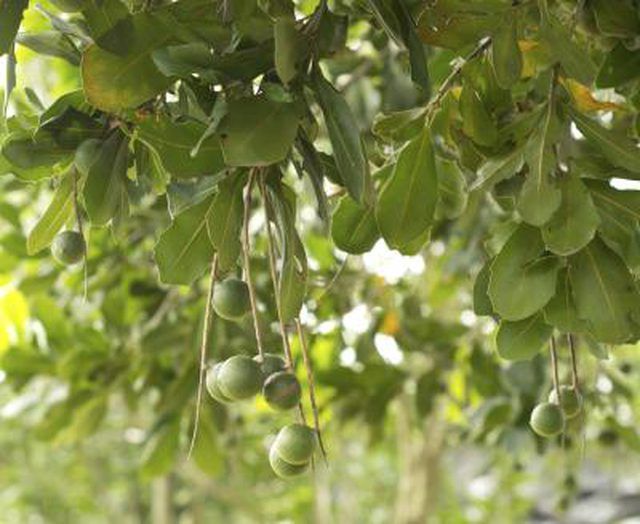
Macadamia trees begin producing nuts when they are 8 to 12 years old. The nuts fall from the tree when they reach full maturity. Spreading a tarp or blanket over the ground when the nuts begin to drop in early fall makes collection easier. Macadamia nuts are covered in an outer husk that requires removal. After removing the husk, dry the nuts in a warm, shaded area for two to three weeks, and then heat-dry them in the oven at the lowest setting for about 12 hours. After drying, you can store macadamia nuts in a sealed bag in a cool, dry area.
